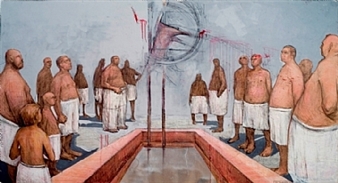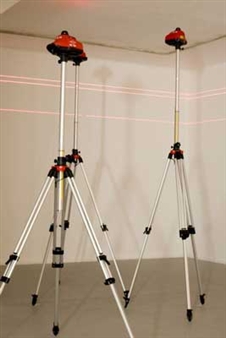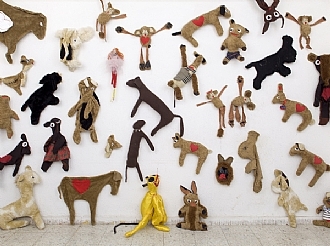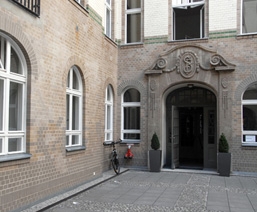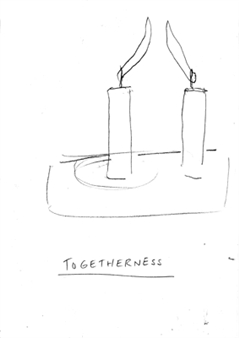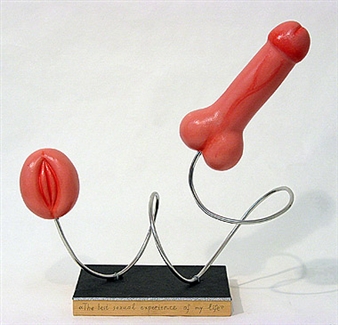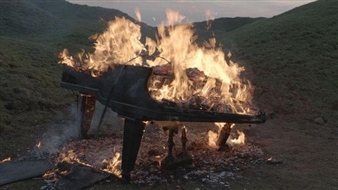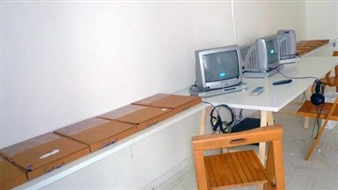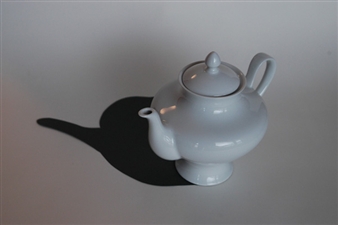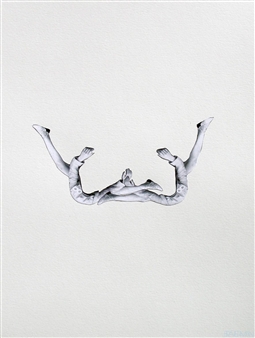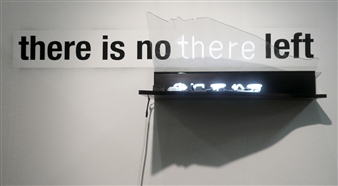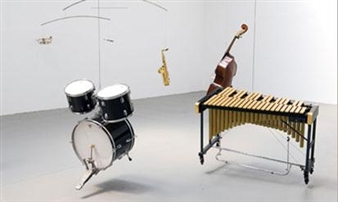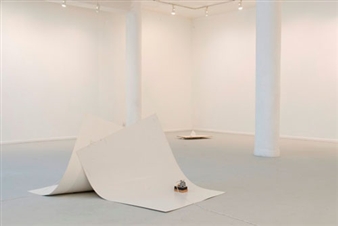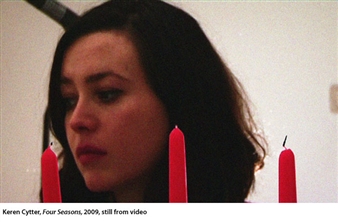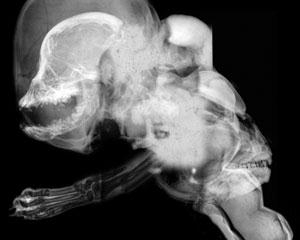Museutopia | Israel – Moldova
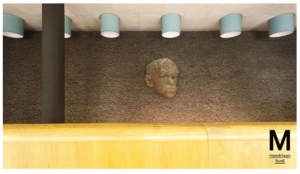
The Israeli Center for Digital Art, Tel Aviv District, Holon, 07/23/2015 - 10/10/2015
4 Ha’Amoraim st., Holon
Solo exhibition by Ilya Rabinovich
a Photographic Inquiry Into National Military Museums in Israel.
The exhibition is a new chapter in an ongoing research about national history as it is presented in historical and military museums.
Museums have served as a history-shaping instrument for centuries. The accumulation of objects, natural and artificial alike, naming and systematically classifying them, is one of the ways to know the world. However, it is clearly evident that museums have also been shaped by the varied contexts and basic premises that were dominant in different periods and different places.
A museum, therefore, is not a final object. It is not a fixed entity that is created in the same way at all times and in all places, nor is it grounded in ancient models and ideas that underpin its existence. A museum is a mechanism. It is a culture- and history-making machine. Its identity, aims, and the functions it fulfills change in accordance with the hegemonies and order of privileges customary in a given society. A museum – a society’s storyteller – is therefore a political and social product that reflects the power relations that created it, and the contexts within which it operates and which it is supposed to represent.
However, a museum does not only tell a story, classify, and document; it also erases. In his photographic project Museutopia, Ilya Rabinovich studies national museums, observes how they represent ideology and myth, and examines the kind of society reflected through the perspective they create – and the kind of society reflected in the perspective itself.
Rabinovich photographed the first part of the project (also presented in the exhibition) in his hometown, Kishinev, the capital of Moldova. He chose to photograph the second part of the project in eleven military museums in Israel, to which he immigrated when he was eight, and from which he moved to Holland where he currently resides. In their article for the book that accompanied the project in Moldova, Huub van Baar and Ingrid Commandeur quote Slovakian dissident Milan Šimečka who claimed a few years before the fall of Communism that communist regimes were surprisingly successful in organizing collective forgetting. It may well be that Communist era museums were not the only ones that created this phenomenon. In fact, erasure and forgetting are part of the direct activities of museums by their very function as instruments for shaping, writing, editing, and classifying national histories. The writing processes, as well as the erasure and forgetting processes, function similarly under any regime. This is in fact one of the cornerstones of museal practice. Rabinovich’s project in Moldova and Israel creates a kind of index of these museal practices in the context of societies that are undergoing change or building processes. It provides a visual examination of the tools employed by museums, and of how a museum itself serves as a means of writing – and erasing – history. Rabinovich’s visual research process also provides insights concerning the changing role of museums and the social and political implications of this change...
